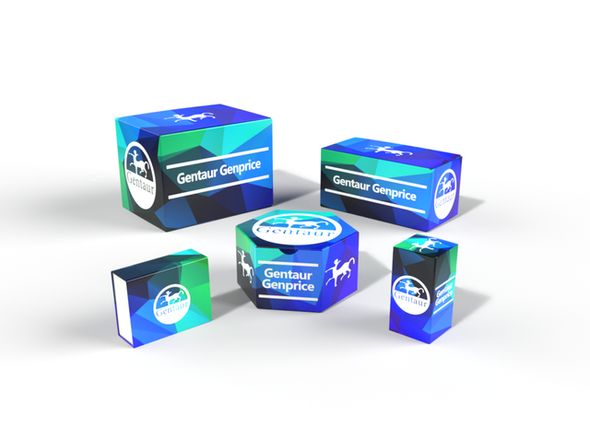740
Human Ubiquitin-like modifier-activating enzyme ATG7 (ATG7) ELISA Kit | AE59311HU
- SKU:
- 740-AE59311HU
- Availability:
- Usually ships in 5 working days
Description
Human Ubiquitin-like modifier-activating enzyme ATG7 (ATG7) ELISA Kit | AE59311HU | Gentaur UK, US & Europe Distribution
Species Reactivity: Human (Homo sapiens)
Abbreviation: ATG7
Alternative Name: APG7-LIKE; APG7L; DKFZp434N0735; GSA7; APG7 autophagy 7-like|ubiquitin activating enzyme E1-like protein
Application: ELISA
Range: 0.312-20 ng/mL
Sensitivity: 0.112 ng/mL
Intra-Assay: ≤4.4%
Inter-Assay: ≤7.1%
Recovery: 0, 89
Sample Type: Serum, Plasma, Other biological fluids
Detection Method: Sandwich
Analysis Method : Quantitive
Test Principale: This assay employs a two-site sandwich ELISA to quantitate ATG7 in samples. An antibody specific for ATG7 has been pre-coated onto a microplate. Standards and samples are pipetted into the wells and anyATG7 present is bound by the immobilized antibody. After removing any unbound substances, a biotin-conjugated antibody specific for ATG7 is added to the wells. After washing, Streptavidin conjugated Horseradish Peroxidase (HRP) is added to the wells. Following a wash to remove any unbound avidin-enzyme reagent, a substrate solution is added to the wells and color develops in proportion to the amount of ATG7 bound in the initial step. The color development is stopped and the intensity of the color is measured.
Product Overview: ATG7 was identified based on homology to Pichia pastoris GSA7 and Saccharomyces cerevisiae APG7. In the yeast, the protein appears to be required for fusion of peroxisomal and vaculuolar membranes. The protein shows homology to the ATP-binding and catalytic sites of the E1 ubiquitin activating enzymes. The deduced 703-amino acid protein contains a central putative E1-like ATP-binding site (GxGxxG), conserved charged amino acids flanking the GxGxxG motif, and a putative E1 active site with a conserved catalytic cysteine. APG7L shares similarity with the E1 enzymes UBA2 and UBA3 (UBE1C), and it shares 38% identity with yeast Apg7. EST database analysis indicated that APG7L is expressed by many diverse tissues.
Stability: The stability of ELISA kit is determined by the loss rate of activity. The loss rate of this kit is less than 5% within the expiration date under appropriate storage condition. The loss rate was determined by accelerated thermal degradation test. Keep the kit at 37°C for 4 and 7 days, and compare O.D.values of the kit kept at 37°C with that of at recommended temperature. (referring from China Biological Products Standard, which was calculated by the Arrhenius equation. For ELISA kit, 4 days storage at 37°C can be considered as 6 months at 2 - 8°C, which means 7 days at 37°C equaling 12 months at 2 - 8°C) .






